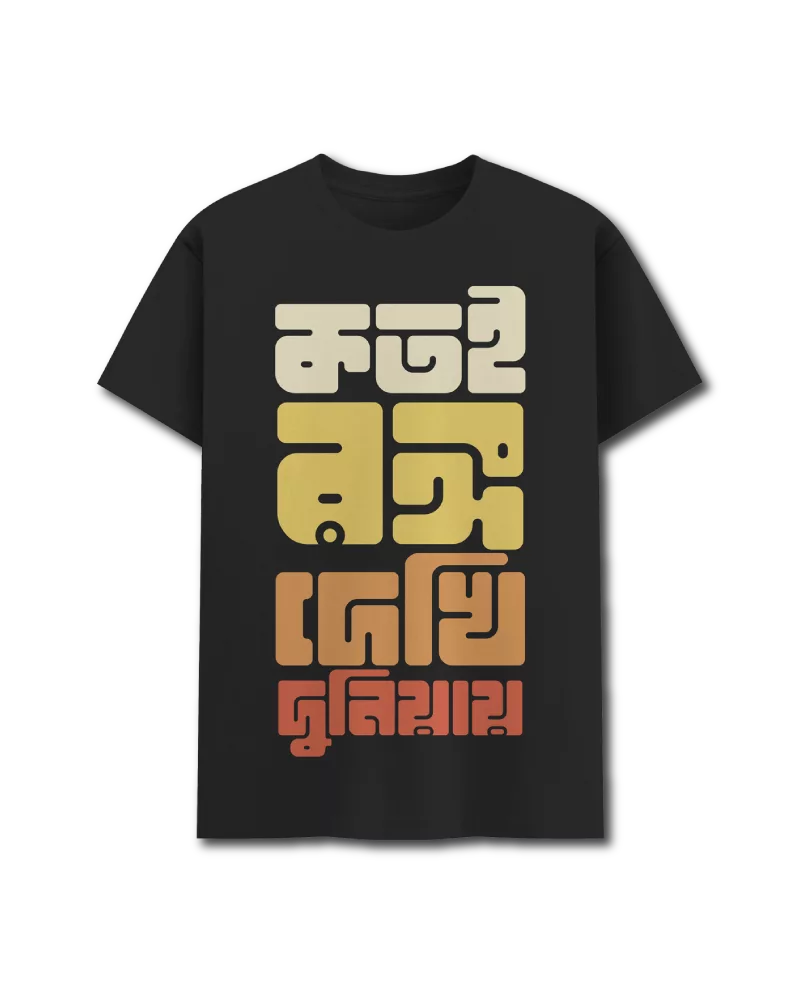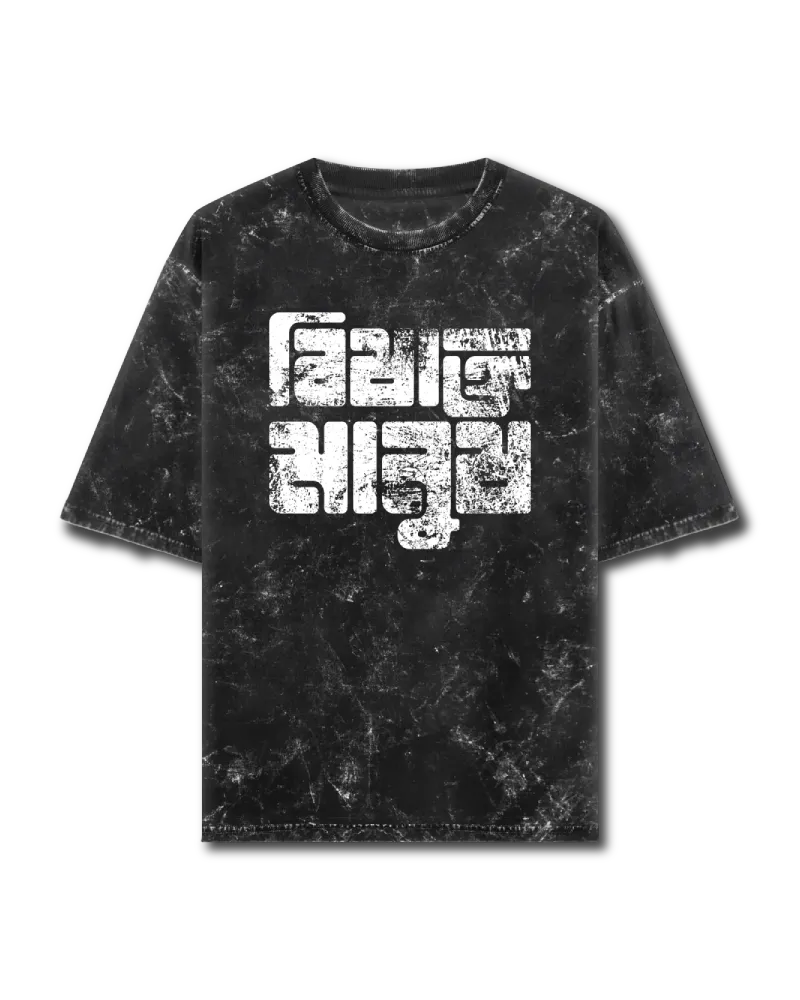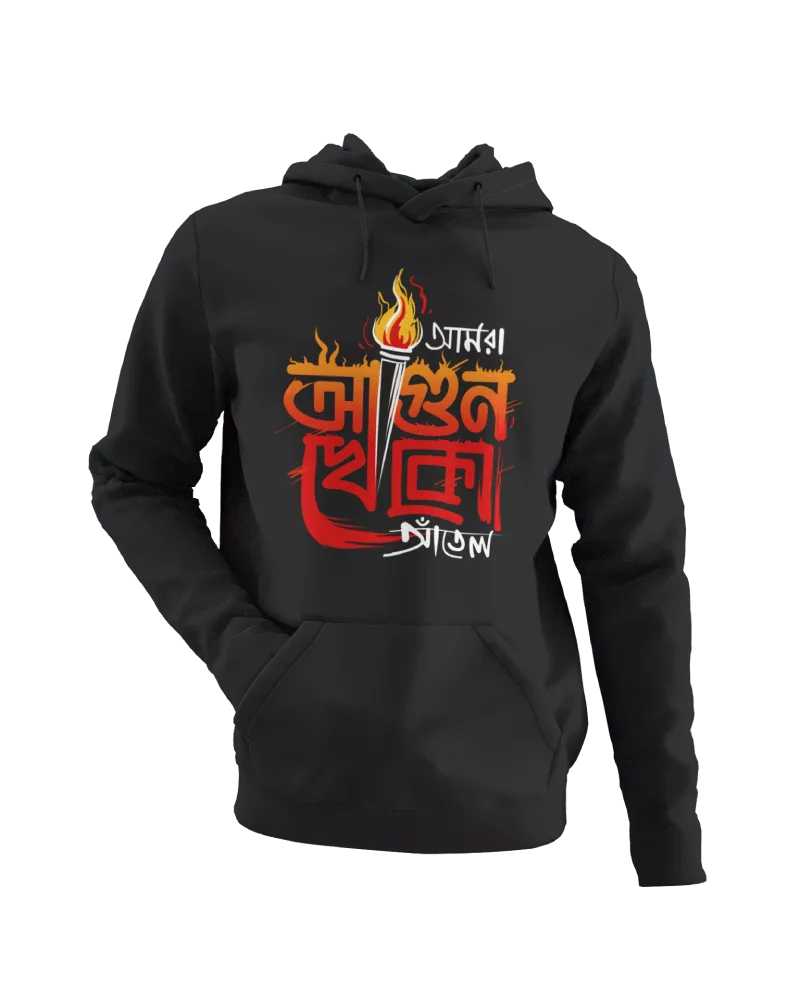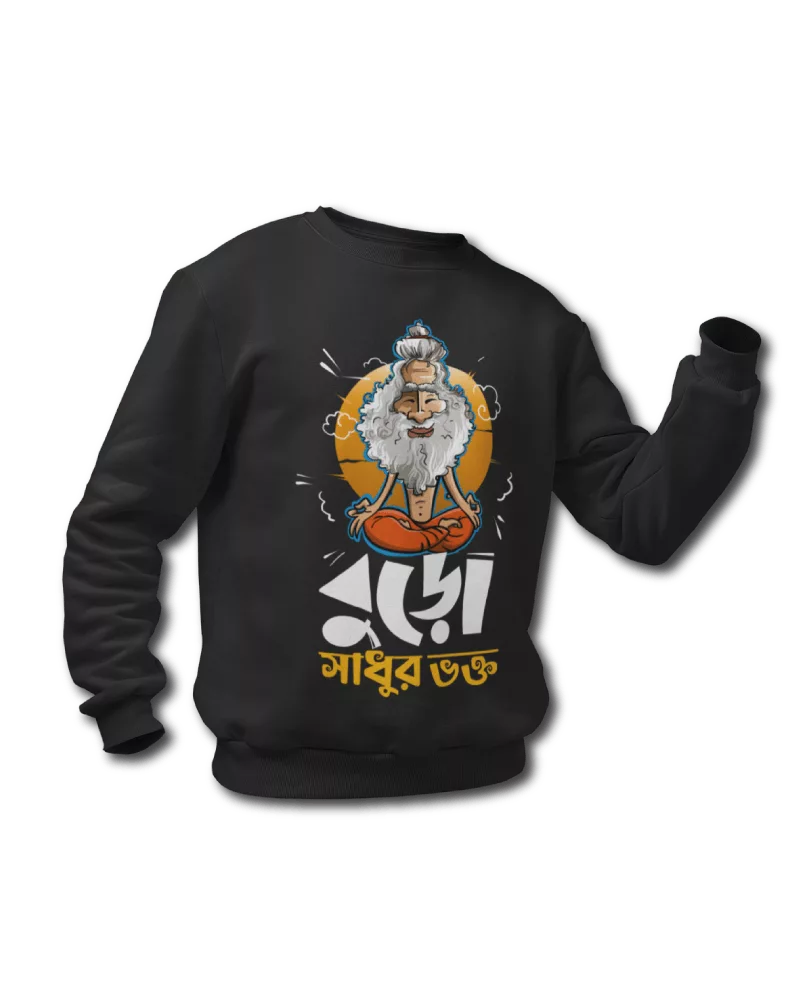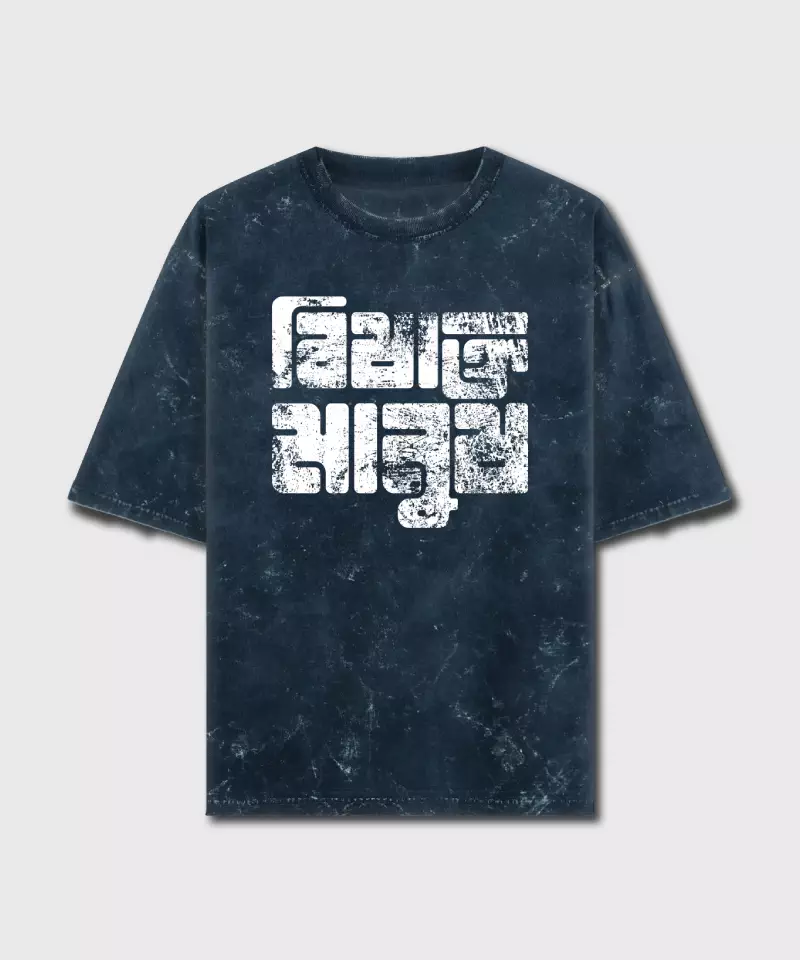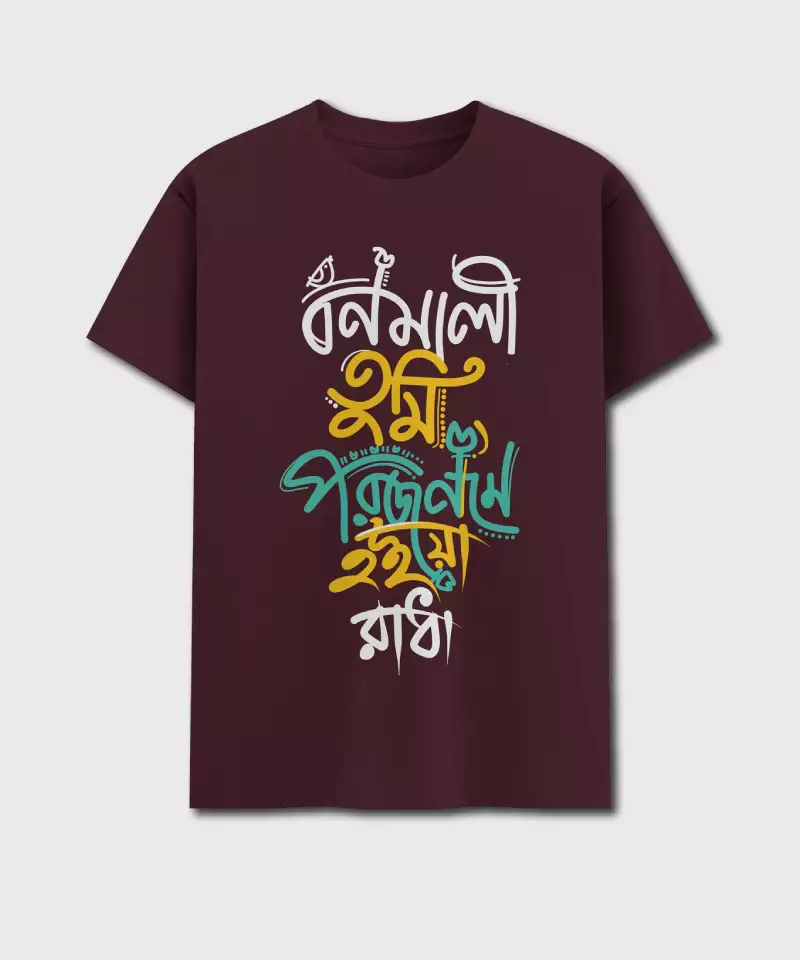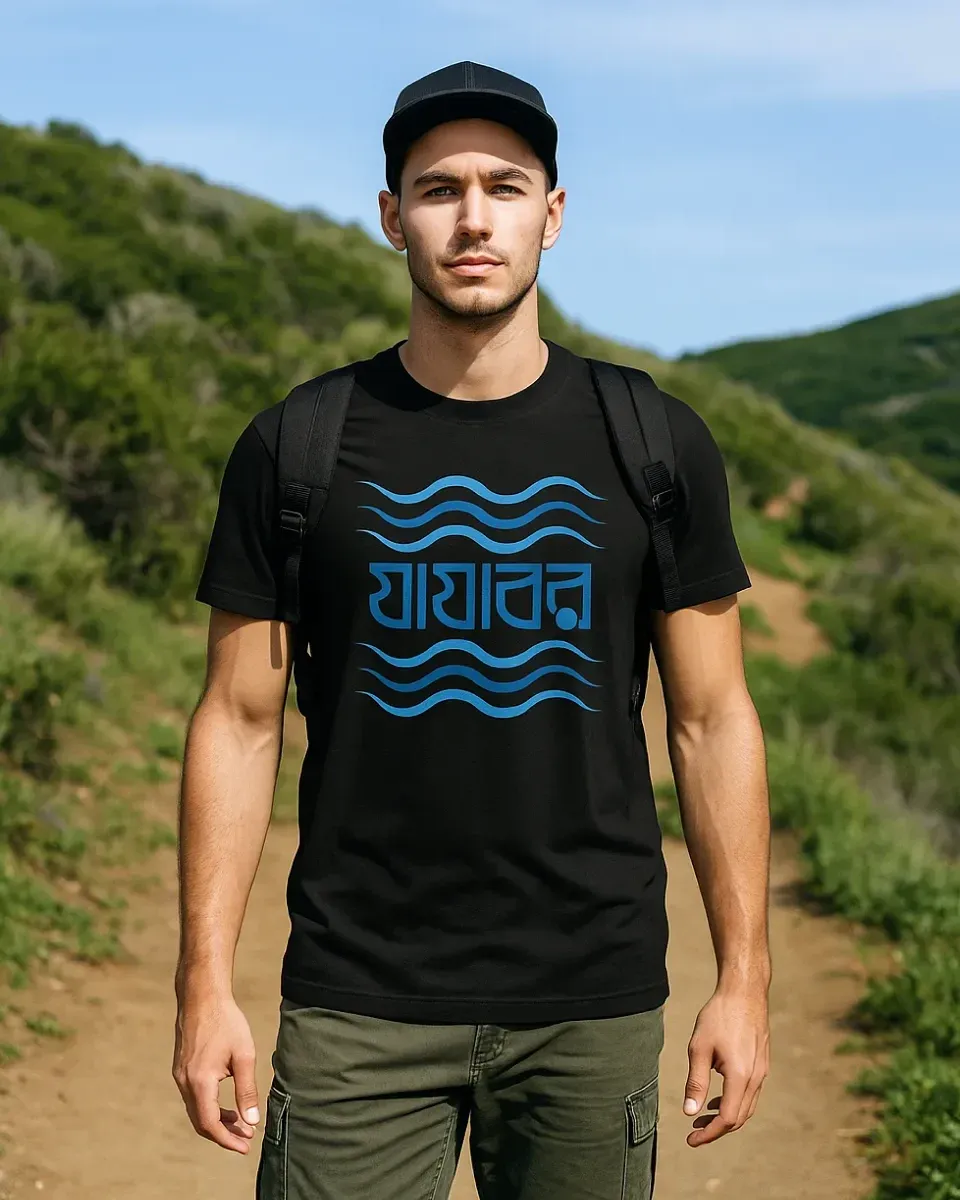Growing Up Bong: Fashion from Probashi Eyes
Being a Bengali living outside of West Bengal, or a Probashi Bangali, meant balancing two identities as a child. You were just another child in a uniform at school, but on Durga Puja, you transformed into a “Bangali” wearing sandals and kurtas. Even when we weren’t aware of it, fashion played a significant role in keeping us rooted in our heritage.
This is the tale of people who were raised outside of Bengal but were never cut off from the culture. And how we were able to blend, rebel, and fit in thanks to fashion.
Fashion as a Cultural Bridge
Bengali was more than just a language to the majority of us; it was a weekend custom. Rabindra Sangeet from the adjacent room, Sunday fish markets, and Maa yelling, “Oi kapor ta dhor! “Bhanga jachhe!” as we attempted to avoid doing the chores.
Clothes had an interesting role in that arrangement. Like our classmates, we dressed in jeans, t-shirts, and hoodies, but when it came to cultural occasions like Saraswati Puja, Rabindra Jayanti, or a family wedding, we wore sarees, punjabis, and uttoriyo with gold borders. Even a T-shirt bearing the words “Anjali Debi” on it helped us feel more at home.
Pujo Fashion: The Annual Style Show
Pujo was more than just a celebration. We had our Bengali Met Gala.
We had at least four different outfits for every day of the Pujo as children, from Saptami to Dashami. We knew exactly what kind of Punjabi we wanted—cotton for the day, silk, or dhakai for the evening—while our friends from outside Bengal wore only “nice clothes.”
That new pujo look might have come from Gariahat, online stores in Kolkata, or even those “Mom got it from my mashi who got it couriered from New Market” scenarios if you lived in a city like Mumbai, Bangalore, or even abroad.
Despite our geographic separation, we were always close to one another.
Balancing Two Worlds
We blended in at school or college by wearing hoodies, sneakers, and cargo pants. At home, however, Maa would haphazardly say, “Baba, put on a full-sleeve shirt.” People will assume that you lack culture.
We felt like chameleons at times. Particularly during family gatherings, when our cousins from Kolkata would make fun of our too-fitting kurtas and Hindi-accented Bangla. However, we proudly wore both Eastern elegance and Western comfort.
From Cultural Duty to Fashion Statement
Now, we are older, more liberated, and proudly perplexed. We desire clothing that expresses who we are without being overt.
Let’s talk about streetwear from Bengal.
These days, companies like Bong Street are giving your regular wardrobe personality. A T-shirt with the words “Khub Bhalo!” or “Rokte Bangali” on it makes a statement in addition to being stylish. It asserts that you are rooted but flexible. Soulful yet stylish.
Bengali attire is no longer reserved for Pujo. We wear it to Tinder dates, Zoom calls, airports, and cafes.
Why It Still Matters?
Wearing a t-shirt with a Bengali script or slogan has a unique impact on us Probashi Bengalis. It combines confidence, culture, and comfort.
It tells the world: “Yes, I watch Netflix and drink cold coffee, but I can sing ‘Amaro porano jaha chay’ without Google and I know what shorshe ilish tastes like.”
It’s more than just style; it’s an emotion.
Conclusion: Probashi, But Never Apart
Even though we were raised outside of Bengal, being Bengali has nothing to do with the pin code. It’s all about the customs, the memories, and yes, the style.
Therefore, keep in mind that when you wear a Bong Street t-shirt, you’re wearing culture rather than just cotton. in bold type. in a full-on manner.
